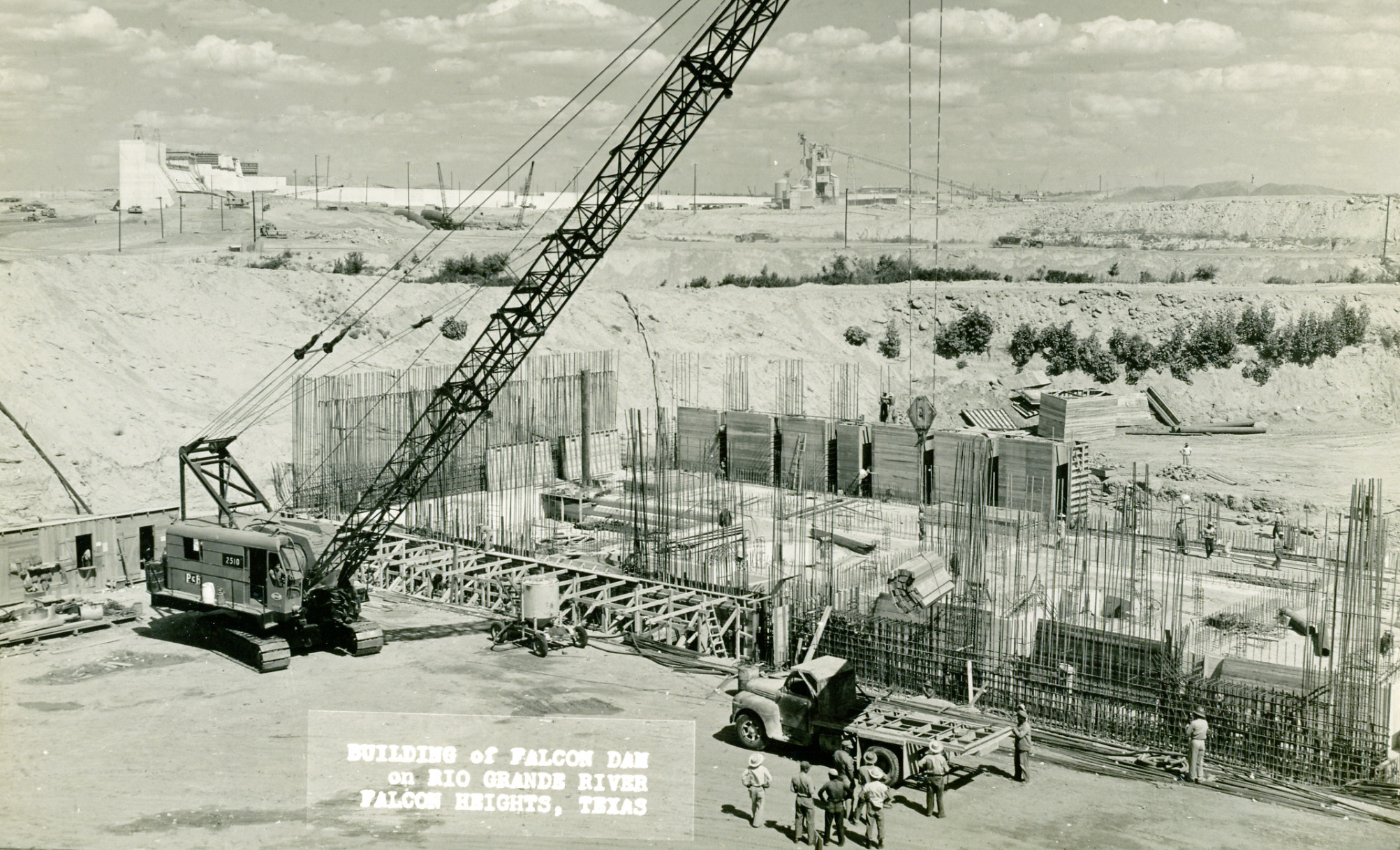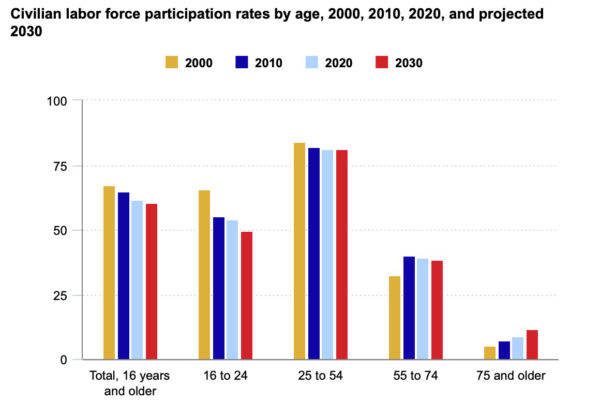There’s been a lot of concern focused on Nevada’s Lake Mead, the largest reservoir in the United States and the water source for more than 25 million people. It’s fallen to just 25% capacity and is dropping rather rapidly. But here in Texas, Falcon Lake is beating Mead in a race to the bottom: It’s at just 12% capacity.
Falcon International Reservoir is part of the Rio Grande – located right along the border about 40 miles southeast of Laredo.
I was out there just last week, and the entire landscape is brown and yellow-gray and parched. The lake itself is devastatingly low – so low that the water is a half-mile from the boat ramp. That view was particularly depressing to me, because in my teenage years we used to launch boats on that very ramp, to water ski. The lake level then was generally up near the top of that 50-yard ramp.
One positive is that the low water level is actually an advantage for fishermen. Also, the RV spaces are plentiful. Like the lake itself, they’re only about 10 percent full. Even if you don’t care for fishing, you’ll have the whole night sky to yourself. Plenty of stars under the dark skies there.
Falcon Dam and Reservoir was completed in 1953. It was named after María Rita de la Garza Falcón, whose family established a settlement there in 1800 near the northern banks of the Rio Grande River, long before there was any dream of a dam.
The people of Falcón were displaced – and understandably not exactly thrilled about having to sell out the town they loved to the government and move to a new location on higher ground. And there was a cemetery to be moved as well. The U.S. government was in no rush to deal with their collective discontent, either. Even though the dam was finished and the lake started to fill, authorities figured that the ongoing drought would give them a few years before the water would rise high enough to be a problem for Falconians.
But, Texas being Texas, there was a surprise in store. The drought broke with a rainy vengeance in August of that year. Laredo, upstream, got 8 inches in just five days, as did the watershed in Mexico. Walls of water came rushing into the brand new Falcon Lake. Within days, the lake was full and the residents of Falcón hurried to higher ground, with many leaving precious possessions behind.
Other small settlements along the river were also caught in what was called a 500-year event. They watched the rooftops of their homes and windmills and church steeples swallowed up by surging flood waters. To add deep insult to the communal tragedies was the fact that when the government did buy out their homes afterwards, they got bottom dollar because the appraisers said, “your property is under water – not worth much in that condition.” I’m sure they had a nicer way of saying it, but that was the cruel gist of it.
On the Mexican side, the town of Guerrero was relocated to New Guerrero with greater success. Most residents moved out in advance of the rising waters. I visited Guerrero Viejo when it rose up out of the lake like lost Atlantis 20 years ago during an extended drought. It had been underwater for 40 years. I walked all through the town, then a dystopian land. I could see the watermarks about 8 feet up on many of the homes. The town square with its benches survived. The concrete kiosko still stood in the middle. It was both eerie and kind of beautiful.
The church, bleached white on top, its bell tower intact, rose proudly to the west of the old plaza. Inside, on the floor of the church, were dozens of fishing lures. Fishermen used to take their boats into the church where a partial roof would give them shade. There they could take refuge from a brutal sun and say a prayer or two for a good day.
I was happy to see that a woman about 75 years of age had moved into her old home. She brought in a generator and had a refrigerator cooling the Cokes and aguas frescas she was selling to the tourists, mostly Texans, who came to see the pueblito that just a few months before was almost fully submerged beneath the blue waters of the lake. I admired her entrepreneurial spirit. She told me she had lived there as a girl and it was her home and she would remain there the rest of her life “si Dios quiere” – if God wants.
Just one year after its completion, in 1954, Falcon Dam proved her mettle. In June, Hurricane Alice arrived in Texas. She went right up Route 281 over, appropriately, the City of Alice and veered left toward Del Rio and on up the river to Big Bend. She dumped 30 inches of rain into the river watershed. All that water headed for Falcon, wiping out bridges along the way, including the international bridge in Laredo.
But Falcon Dam did its job. It held. In so doing, it spared a million people in the Rio Grande Valley from certain devastation. Without Falcon Dam, many lives would have been lost, tens of thousands of homes and businesses flooded, and bumper crops destroyed, on both sides of the river.















